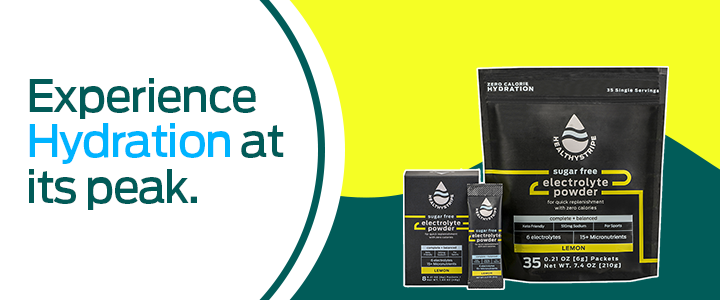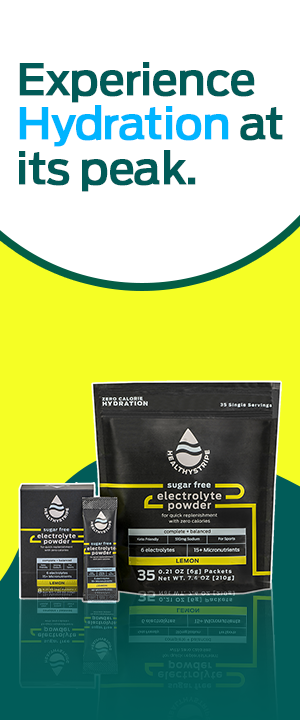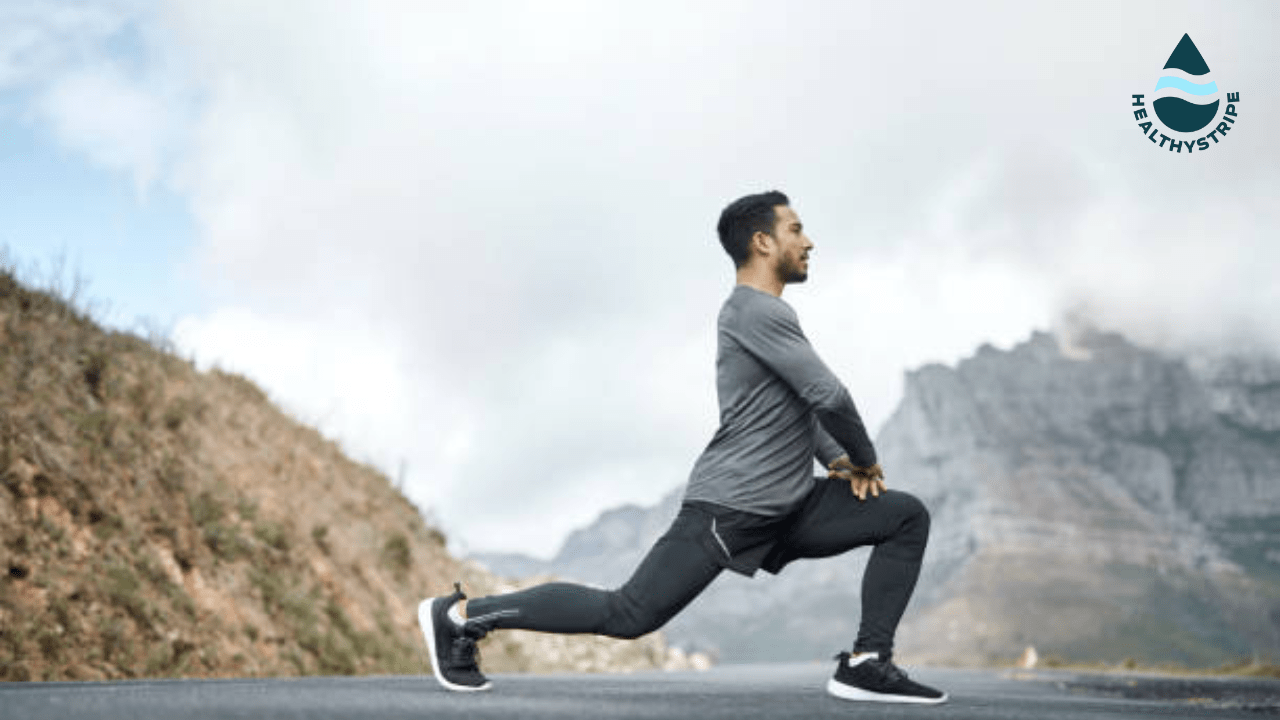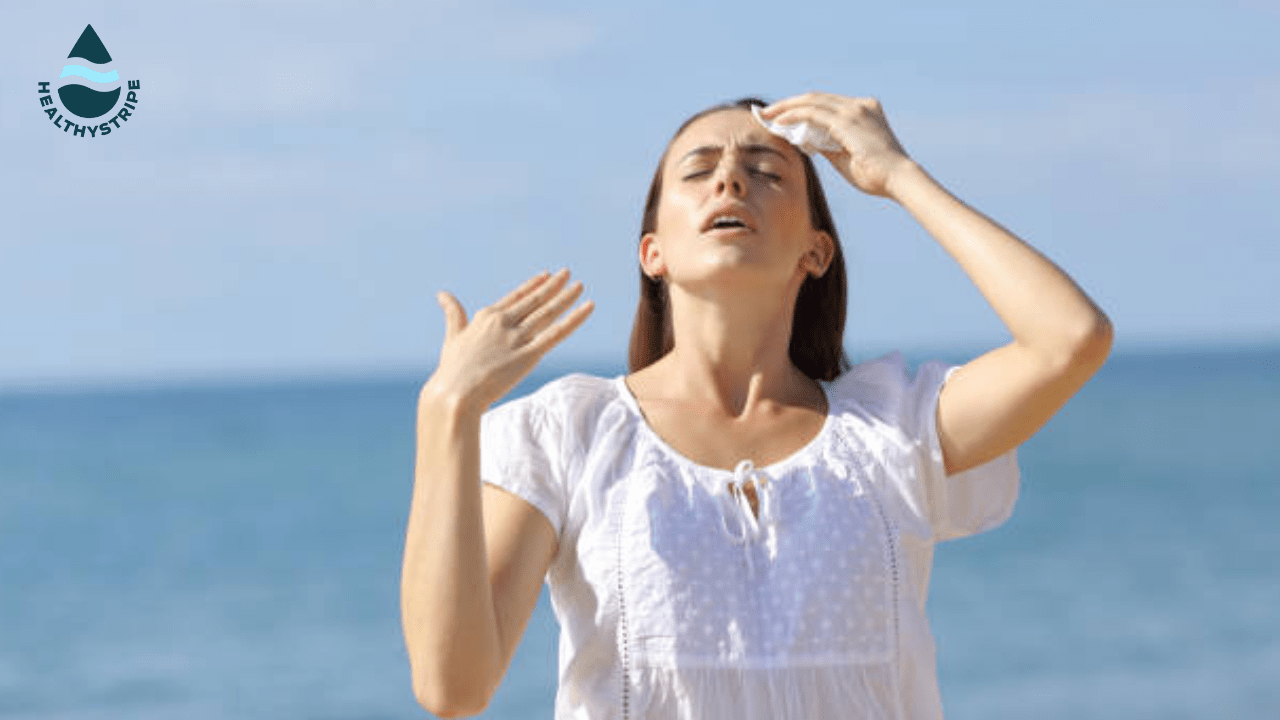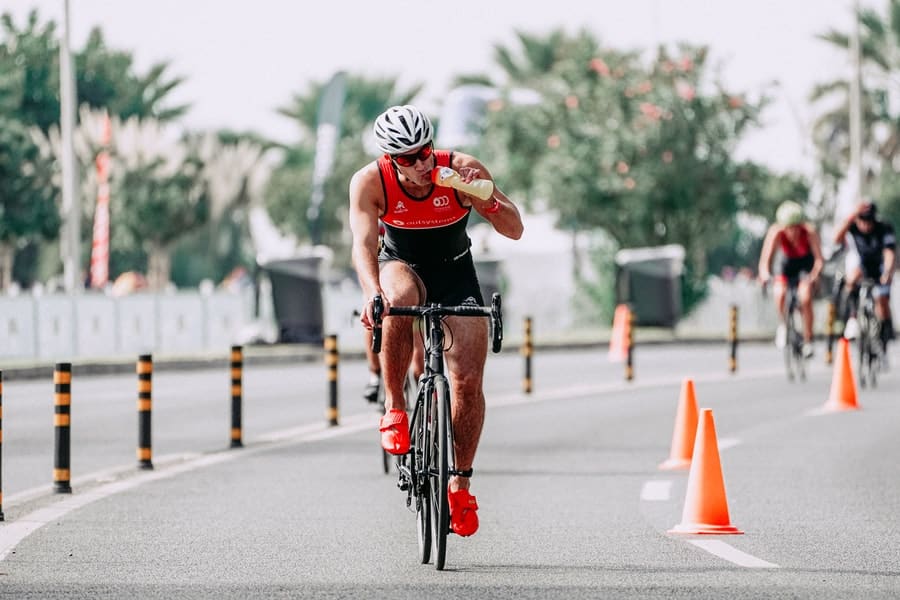
As a cut-throat cyclist, a solid hydration plan is one of the most important things you need to add to your daily routine.
Dehydration during any physical activity, in this case, cycling can lead to unexpected symptoms and critical health comorbidities.
That is why your body needs a proper hydration strategy to compensate for all the fluid and electrolyte stores you have lost due to cycling and sweating it all out.
You can have as many options for hydrating yourself during your cycling routine. Some of the best choices are:
- Water (of course!)
- Electrolyte drinks
- Carbohydrate drink mix
- Fructose drinks
- ORS drink
Here is a quick cycling hydration rundown for you to keep your hydration regime in check.
How to Keep Yourself Hydrated When Going For Cycling
Cycling means long hours of paddling and sweating. And thus here, hydration comes into major role play. The amount of fluids you take in before the cycling ride is very crucial.
Since you know you are going to have a sweaty and exhausting ride ahead, it is best advised to keep yourself hydrated enough before yourself.
Dehydration would induce outcomes like fatigue, nausea, vomiting, heat exhaustion, lack of energy etc. If prolonged, the situation might turn even more critical.
Every individual would need a different hydration plan pre-cycling according to their body capacity. But if we speak generally, it is important to consume at least around 12-16 ounces of water 4-6 hours prior to your cycle ride.
Do not overdrink for the sake of hydration and the requirement head. This could possibly harm you instead. Consume sips rather than gulping down a whole bottle.
As obvious, plain water is the best hydrating drink to go for in terms of effectiveness, accessibility, affordability, and feasibility. But when you are into long cycling sessions which are vigorous enough, don’t neglect other options as well.
You can get hold of water-rich fruits, coconut water, electrolyte foods, etc. to stay optimum hydrated before your session.
If you wish to consume a sports drink, make sure you carefully go through the nutrition label and keep in mind the caffeine and sugar content. If they are excessively high, they can be harmful to your body.
Why You Should Stay Hydrated While Cycling
A general paradigm is that when you are thirsty, you should drink water. This implies that you must hydrate yourself when you feel thirsty.
The science behind it says otherwise though. If you are thirsty, it means you are already dehydrated. This shows that the optimum hydration required by your body wasn’t matched up.
Truth be told, studies propose thirst isn’t the best pointer of hydration levels overall. During your cycling ride, it is best advised to consume water every 10-15 minutes, again not over-drinking, just sip by sip.
Hydration while you cycle depends a lot upon the length of your ride. If your range is somewhere around 1-3 hours, as a cyclist, you should keep in handy carb-rich snacks as well.
Moreover, if you wish to consume water during your whole ride, add in options for carb-rich drinks as well. This would help keep you in the game for a long time.
Make sure you not only drink when you are thirsty. The key is to remain hydrated all the time. This also does not mean overdrinking, which can be as harmful as under drinking in the long run.
Read What Happens If You Drink Too Much Water? to know more.
Rides enduring at least 3 hours exhaust you of carbs and electrolytes. So, make sure you get in handy optimum amounts of electrolyte drinks ( coconut water precisely to be one of the best choices here).
How Much You Should Drink Before & After Cycling
During your whole cycling ride, your body sweats out a lot. Way more than you can imagine. And thus, there is a substantial loss of fluid and electrolytes from the body.
In order to compensate for all the lost fluid balance, hydration tactics play a key role. For this, you would need every possible choice or source of hydrating yourself which is healthy as well as enriching.
Electrolyte-rich sources are great to start with to bring back the loss of electrolytes from the body.
Without electrolytes, cyclists might encounter serious muscle cramping because of low sodium levels and thus electrolyte foods are a win-win here.
In the meantime, protein can be consumed from beverages like milk or from a quick snack you might have within 2 hours of cycling.
You can even make your own homemade energy drinks if you do not prefer commercialized products.
A decent way of deciding how much water or sports drink you need is to gauge yourself prior and then afterward work out.
If you had a long and intense cycling session, then make sure to cover around 100-150% of your fluid loss within 4 hours after your activity.
You can calculate the quantity of fluid required by weighing yourself before and after your ride.
0.5 Kg weight loss = 500 ml of fluid required by your body
Bottom Line
An appropriate hydration plan requires your consistent efforts keeping all the important factors in mind. Try other sources of hydration along with plain water for quick replenishment.
Assuming you have to practice long and exhaustive sessions, try to follow the above-mentioned tips for cycling hydration, and you are definitely going to make it through!




